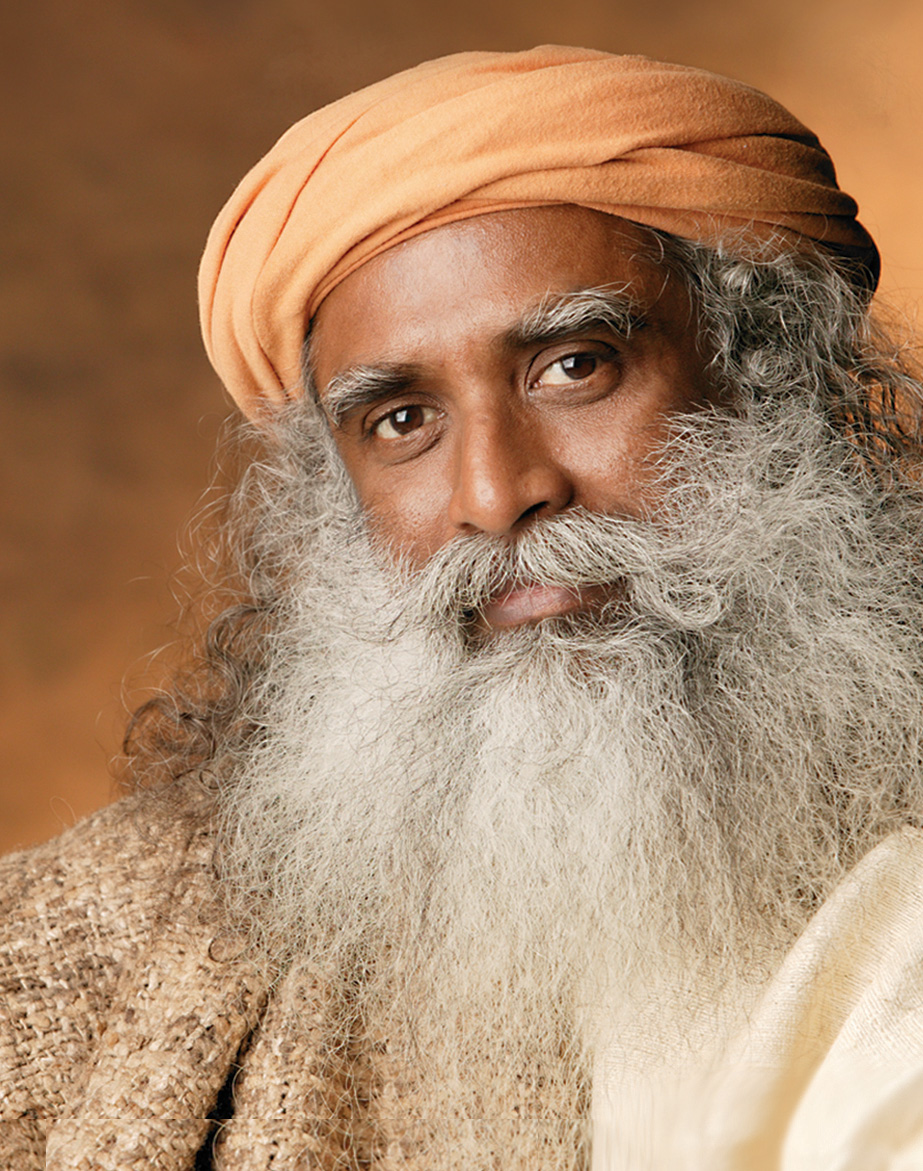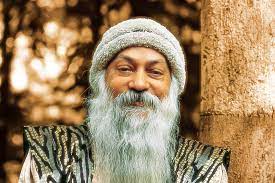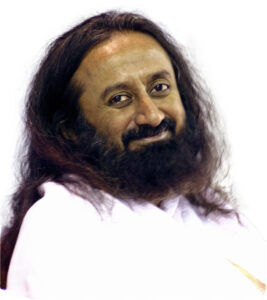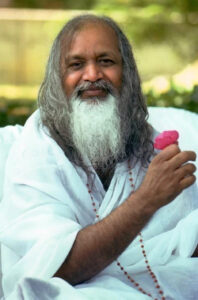


Sadhguru
This culture draws its roots on profound observations of the human system and its relationship with the Earth, the Moon, the Sun, and different aspects of the Divine. This is also reflected in when and how we celebrate our festivals. Navratri literally means “nine nights.” These nine nights are counted from the day after new moon day or Amavasya. These first nine days of the lunar cycle are considered feminine. This is a special time for Devi, who represents the feminine nature of the Divine. The ninth day is called Navami. The one-and-a-half-days around the full moon are a neutral time. The remaining eighteen days are masculine in nature. The feminine phase of the month is about Devi. That is why in the tradition, all worship up to Navami is dedicated to Devi.
There are twelve nine-day periods in a year and each of these is focused on a different aspect of the feminine Divine or Devi. The Navratri that comes around October is considered the most significant one because it is dedicated to Sharada, the goddess of learning. Among the many things that a human being can do, this tradition lays greatest emphasis on learning. Other creatures can run faster than us; they are stronger than us; they can do many things that we cannot do – but they cannot learn like we can. The pride of being human is that you can learn just about anything – if you are willing.
Importance of Navratri – a Time of the Feminine
When we say “masculine” and “feminine,” we are not talking about the gender; we are talking about the basic qualities in the existence, the polarities. The physical world can only exist between polarities – day and night, darkness and light, masculine and feminine, and male and female. Male and female is a manifestation of the masculine and feminine qualities, not a quality by itself.
The post autumnal equinox is the time of the feminine. Since this part of the year naturally supports the feminine, certain societies have worked to establish the feminine consciously, because the masculine asserts itself without much encouragement. The feminine needs support to assert itself – otherwise it moves into the background.
In any given society if feminine moves into the background, they will become conquerors. That means they will sit on an empty shell of life. They will conquer the whole world, and find that they have no taste of the world. This is the plight of the masculine that they reach the top of the world and then feel miserable right on the top.
Why Navratri Fasting?
Consciously bringing the feminine into your home, culture, and day-to-day practices is very important. The Indian culture created a whole series of processes, rituals and many other devices so that you go through this properly. You may not be conscious that it is Navaratri, so they told you to fast during these nine days. When there is food in the stomach, you forget what day it is, but if you are fasting you will be very conscious of what day it is. By the time you come to the ninth day, you will be superconscious! So, to make you very conscious and also to bring a certain level of purification in the body, you are supposed to fast.
Navaratri is all about the different Devis. Some of them are very gentle and wonderful. Some of them are fierce, terrible, or horrifying. This is the only culture which worships women who bite your head off. This is because we did not want to surrender one’s intelligence, brilliance, genius, and other competence at the altar of good behavior alone. Good behavior will give you social access.

OSHO
Osho emphasized that Navratri is not just a traditional festival; it is a powerful spiritual phenomenon. According to him, these nine nights symbolize the inner journey of self-discovery and transformation. Each night of Navratri represents a different form of the goddess, signifying various aspects of human consciousness. Osho believed that understanding and meditating upon these forms could lead individuals towards self-realization and enlightenment.
The festival of Navratri, becomes a metaphor for the human soul’s evolution. Just as the goddess Durga battles the demon Mahishasura, Navratri represents the eternal struggle between light and darkness within each person. Osho encouraged his followers to use this auspicious time to confront their inner demons, face their fears, and overcome their limitations. He emphasized the importance of self-reflection, meditation, and inner contemplation during these nine nights.
Osho also spoke about the significance of the dance forms, especially Garba and Dandiya, performed during Navratri. According to him, these dances are not mere rituals but meditative movements that help individuals connect with their inner energies. The circular movements in Garba symbolize the cycle of life, death, and rebirth, while the rhythmic beats of Dandiya represent the heartbeats that echo the universal rhythm. Osho stressed the importance of honoring the divine feminine energy during Navratri. He emphasized that the goddess is not an external deity but a representation of the dormant power within every individual, both men and women. Navratri, according to Osho, is an opportunity to awaken this inner Shakti, the creative and transformative energy that resides in all of us.
Osho also spoke about the concept of ‘navdurga,’ the nine forms of the goddess worshipped during Navratri. He interpreted these forms as different facets of human consciousness, from innocence to wisdom, from material abundance to spiritual enlightenment. According to Osho, meditating upon these forms helps individuals evolve through the stages of spiritual growth, leading towards the ultimate goal of self-realization.

Sri Sri Ravi Shankar
Navratri is a time to honor the goddess Durga, the embodiment of supreme energy and divine femininity. He emphasizes that Durga represents the power that can overcome all negativities and challenges in life. Through worship, meditation, and self-reflection during these nine nights, individuals can tap into this divine energy, gaining strength, courage, and wisdom to face the obstacles in their lives.
Ravi Shankar often speaks about the importance of rituals during Navratri. According to him, rituals are not mere customs but potent tools for spiritual growth. Participating in traditional rituals and prayers during Navratri helps individuals connect with their roots, fostering a sense of community and spirituality. These practices, including fasting, chanting, and meditation, create a conducive atmosphere for inner transformation and self-purification.
One of the central themes in Ravi Shankar’s teachings about Navratri is the concept of ‘Sadhana’ or spiritual practice. He encourages his followers to engage in regular spiritual practices during Navratri, such as meditation, yoga, and pranayama (breath control exercises). These practices, when done with sincerity and devotion, can lead to a deep spiritual experience, allowing individuals to access higher states of consciousness.
Ravi Shankar also emphasizes the significance of seva, or selfless service, during Navratri. He believes that serving others, especially those in need, is a way to worship the goddess and express gratitude for the blessings in one’s life. Acts of kindness and charity performed during Navratri are seen as offerings to the divine and a means to purify the heart.

Maharishi Mahesh Yogi
Navratri is viewed as a time of heightened cosmic energy and spiritual awakening. He emphasized that during these nine nights, the cosmic energy is especially conducive to meditation and spiritual practices. The goddesses worshipped during Navratri—Durga, Lakshmi, and Saraswati—symbolize the three fundamental aspects of existence: creation, preservation, and destruction. Maharishi explained that meditating upon these goddesses enables individuals to harmonize these aspects within themselves, leading to a balanced and fulfilled life.
Maharishi Mahesh Yogi emphasized the practice of Transcendental Meditation during Navratri as a means to harness the heightened cosmic energy. He explained that during meditation, the mind settles to its least excited state, transcending ordinary thought and experience. By diving within through TM, individuals can experience the silent, unbounded, and blissful nature of their own consciousness, aligning themselves with the cosmic intelligence that governs the universe.
According to Maharishi, the vibrations of peace and positivity generated through collective meditation during Navratri have a profound impact on the surrounding environment. He believed that when a group of individuals meditate together, they create a powerful field of coherence and harmony. This group meditation effect not only enhances the individual’s experience but also radiates peace and positivity, transforming the collective consciousness of the entire society.
Maharishi also emphasized the importance of performing selfless acts of kindness and service (seva) during Navratri. He taught that selfless service is a way to express gratitude for the blessings in one’s life and purify the heart. By engaging in acts of seva, individuals cultivate a spirit of selflessness and compassion, aligning themselves with the divine qualities represented by the goddesses of Navratri.